#Ancient Greek temple
Photo

Temple of Poseidon, Cape Sounion. Photo: catrin_pl (IG)
#greece#europe#travel#wanderlust#landscape#ancient greece#poseidon#ancient greek temple#temple of poseidon#cape sounion#attica#sterea hellas#central greece#mainland#greek culture
2K notes
·
View notes
Photo




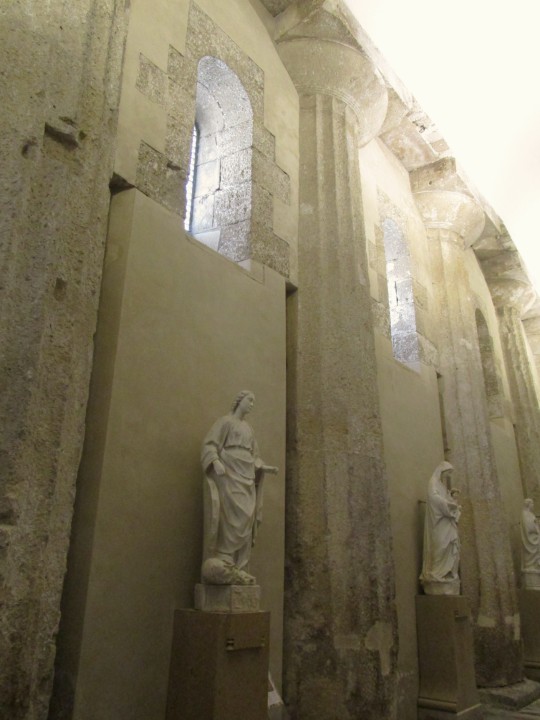

The Roman Catholic Cathedral of Syracuse, Sicily, was built on the site of the Doric Temple of Athena constructed in the 5th century BCE. The temple columns were incorporated into the walls of a Christian Basilica in the 5th century CE. That church was expanded and rebuilt into the current cathedral where the ancient columns can still be seen from the outside as well as the inside.
Photos by Charles Reeza
#ancient Greek temple#Doric columns#architecture#Siracusa#Sicilia#Italy#travel photography#layers of history
34 notes
·
View notes
Text
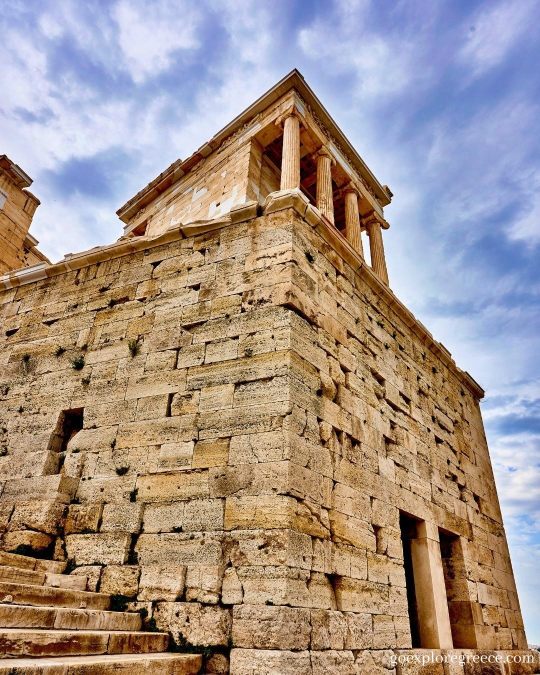
Next to the Parthenon on the Acropolis of Athens is the Temple of Athena Nike. This small temple was built in 426 – 421 BC to commemorate the Athenians’ victories over the Persians.
It is highly vulnerable to attack and well placed for defence, although it has been used as an observation post and an ancient shrine to the goddess of Victory, Athena Nike.
Legend records the temple site where King Aegeus stood waiting for his son Theseus to return from his mission to Crete to slay the Minotaur. On his return, Theseus had promised to swap his ships’ black sails for white, but he forgot his promise. When the king saw the black sails, he presumed his son dead and threw himself into the sea, which now bears his name (Aegean).
The temple has four Ionic columns at each portico end, built of Pentelic marble. It was reconstructed in 1834–8 after being destroyed in 1686 by the Ottomans. On the point of collapse in 1935, it was again dismantled and reconstructed according to information from more recent research.
The Persians demolished the Sanctuary of Athena Nike in 480-479 BC, and a temple was built over the remains. The new temple construction was underway in 449 BC and was finished around 420 BC.
#greece#goexploregreece#travel#mustsee#mustvisit#greek#europe#beautiful views#athens#acropolis#athens city#athena#ancient greek temple#traveller
7 notes
·
View notes
Text

The Tholos of Delphi, Greece
#tholos of delphi#ancient greek#ancient greece#architecture#greece#delphi#greek#art#history#tholos#antiquity#classical#doric#columns#temple#temples#europe#european#photography#photograph#athena pronaia#phocis#ruins#archaelogy
3K notes
·
View notes
Text
#greece#delphi#news#culture#cultural news#history#ancient history#ancient greek religion#ancient greek culture#archaeological sites#ancient monuments#ancient ruins#ancient greek temple
1 note
·
View note
Photo

Portara monument (Temple of Apollo)
Naxos Island, Greece
IG: athan_andreas
#naxos#greece#cyclades#portada#greek islands#greek island#ancient greece#ancient ruins#ancient column#greek temple#apollo#travel#milky way#temple of apollo#europe#wanderlust#greek#hellas
3K notes
·
View notes
Text
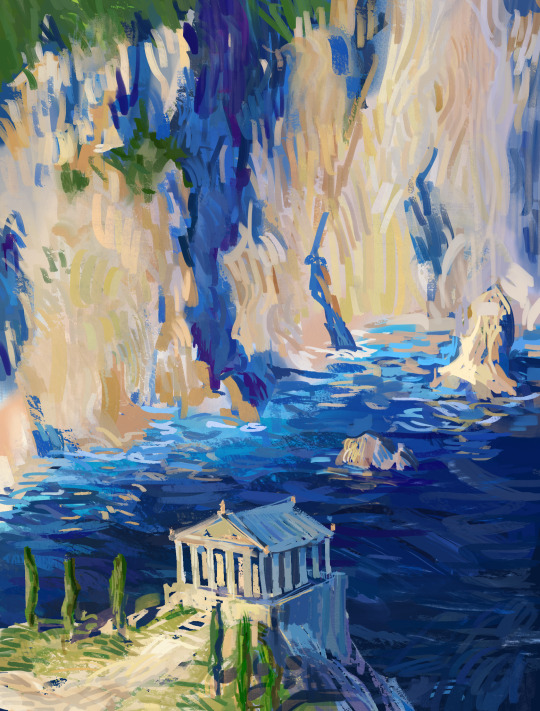
4K notes
·
View notes
Text

Roman Agora Gate, Athens - Greece
lost.and.found.in.greece
#greece#ruins#ancient ruins#greek ruins#roman ruins#archaeology#archeology#architecture#roman temple#greek temple#roman agora#athens#hellas#ancient history#travel#europe#wanderlust#gate#places
210 notes
·
View notes
Photo




Greek Temple Complex Reveals Thousands of Votive Figurines
Archaeologists excavating a hilltop sanctuary on the Aegean Sea island of Kythnos have discovered “countless” pottery offerings left by ancient worshippers over the centuries, Greece’s Culture Ministry said Wednesday.
A ministry statement said the finds from work this year included more than 2,000 intact or almost complete clay figurines, mostly of women and children but also some of male actors, as well as of tortoises, lions, pigs and birds.
Several ceremonial pottery vessels that were unearthed are linked with the worship of Demeter, the ancient Greek goddess of agriculture, and her daughter Persephone, to whom the excavated sanctuary complex was dedicated.
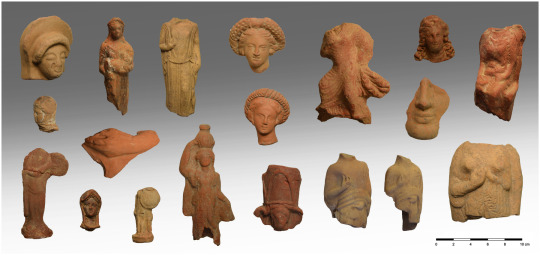
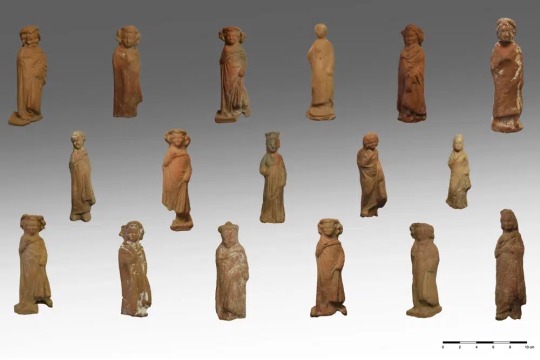
The seaside site of Vryokastro on Kythnos was the ancient capital of the island, inhabited without break between the 12th century B.C. and the 7th A.D., when it was abandoned for a stronger position during a period of pirate raids.
The artifacts came from the scant ruins of the two small temples, a long building close by that may have served as a temple storeroom and a nearby pit where older offerings were buried to make space for new ones. The sanctuary was in use for about a thousand years, starting from the 7th century B.C.



The excavation by Greece’s University of Thessaly and the Culture Ministry also found luxury pottery imported from other parts of Greece, ornate lamps and fragments of ritual vases used in the worship of Demeter and Persephone at Eleusis, an ancient Athens suburb.
It is unclear to what extent the site on Kythnos was associated with Eleusis — one of the most important religious centers in ancient Greece, where the goddesses were worshipped during secret rites that were only open to initiates forbidden to speak of what they saw. The sanctuary at Eleusis is known to have owned land on the island.
Kythnos, in the Cyclades island group, was first inhabited about 10,000 years ago. Its copper deposits were mined from the 3rd millennium B.C., and in Roman times it was a place of political exile.
The excavations are set to continue through 2025.
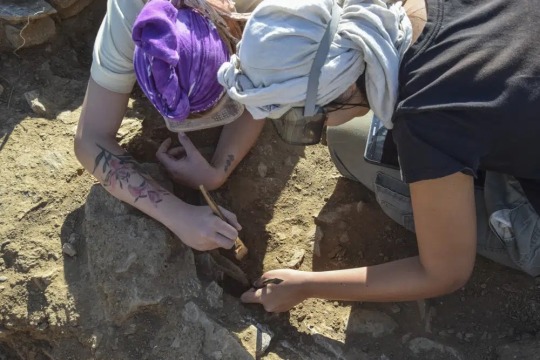



#Greek Temple Complex Reveals Thousands of Votive Figurines#island of kythnos#pottery#pottery offerings#ancient artifacts#archeology#archeolgst#history#history news#ancient history#ancient culture#ancient civilizations#ancient greece#greek history#greek art#long reads
530 notes
·
View notes
Text
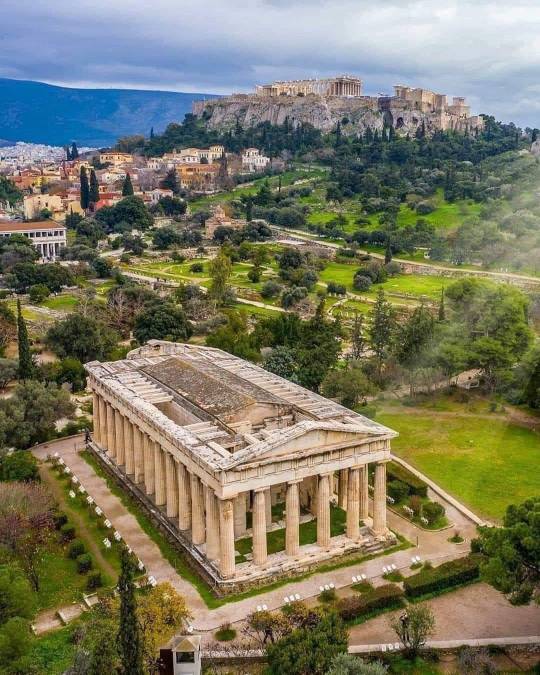
The Temple of Hephaestus in Athens, GREECE
#temple of hephaestus#templo de hefesto#athens#atenas#ancient greek#griego ancestral#greece#grecia#europe#europa
407 notes
·
View notes
Text
Temple of Apollo, Naxos Island, Greece

#temple of apollo#naxos#naxos island#greek myth art#greek mythology#greece#apollo#ancient greek gods#greek god
2K notes
·
View notes
Photo
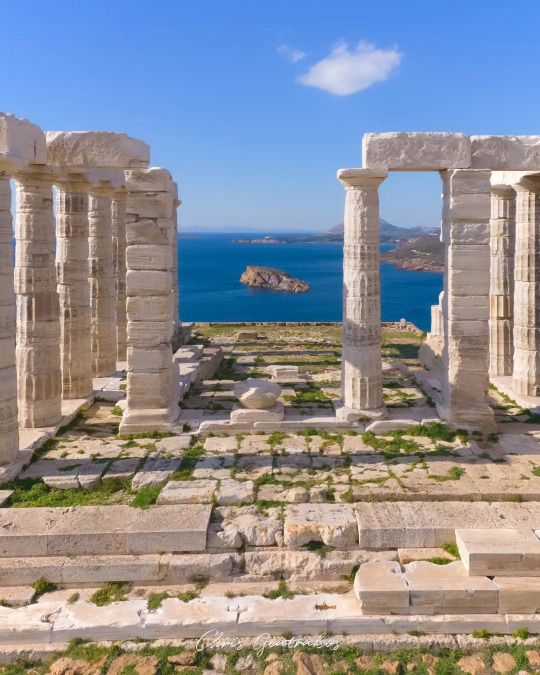
The Temple of Poseidon in Cape Sounion, Attica, Greece. Photo by @giatrakos_chris [Instagram].
#greece#ancient greece#ancient greek temple#poseidon#sea#seascape#photography#temple of poseidon#cape sounion#attica#central greece#sterea hellas#mainland#greek culture
1K notes
·
View notes
Photo

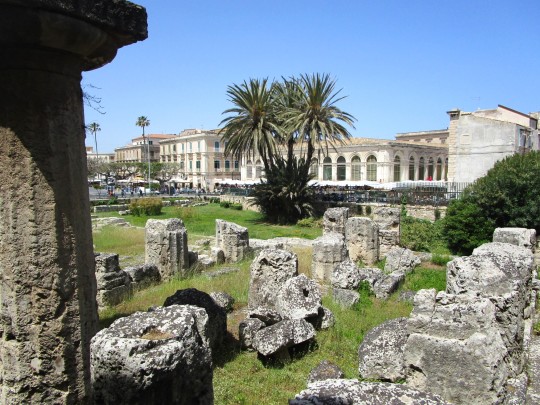

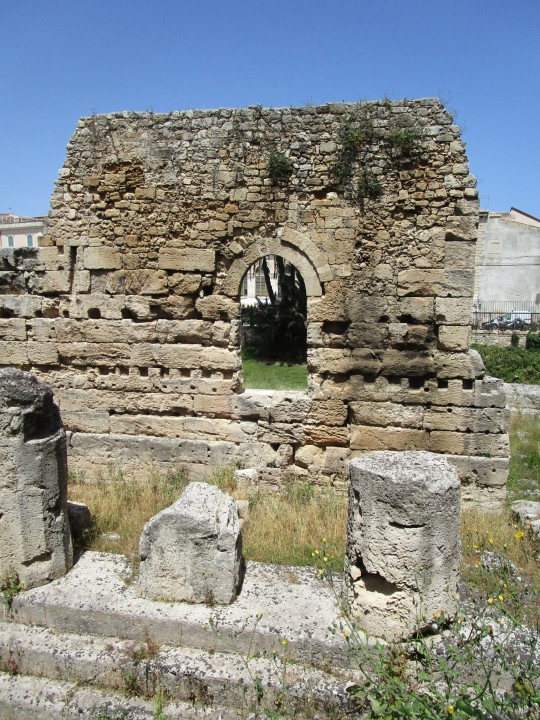



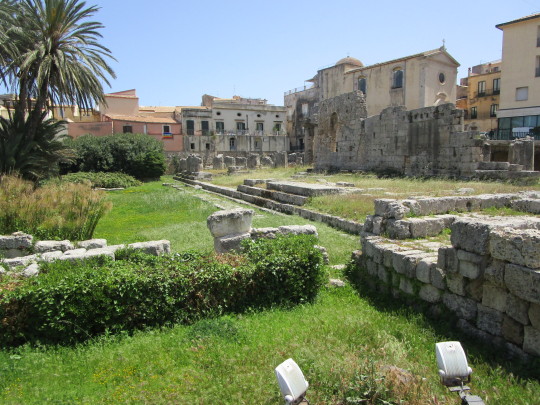
The Temple of Apollo, Syracuse, Ortigia, Sicily
This is one of the most ancient Doric temples in Sicily, dating to the 6th century BCE. It is one of the first with a layout consisting of a peripteros of stone columns. This layout became standard for Greek temples.
Following the persecution of pagans during the late Roman Empire, the temple was transformed into a Byzantine church, then to an Islamic Mosque during the Emirate of Sicily. After the Norman defeat of the Saracens, it was reconsecrated at the Church of the Saviour, which was then incorporated into a 16th-century Spanish barracks, and finally into private houses.
The work of restoring the temple began in 1858 and lasted until 1942. The ruins stand at the entrance to the island of Ortigia, the most beautiful and popular tourist area in Syracuse.
Photos by Charles Reeza
#ancient Greek temple#classical antiquity#architecture#historic preservation#Sicilia#Italy#travel photography
17 notes
·
View notes
Text
Perhaps the most iconic monument at Delphi is the Tholos.
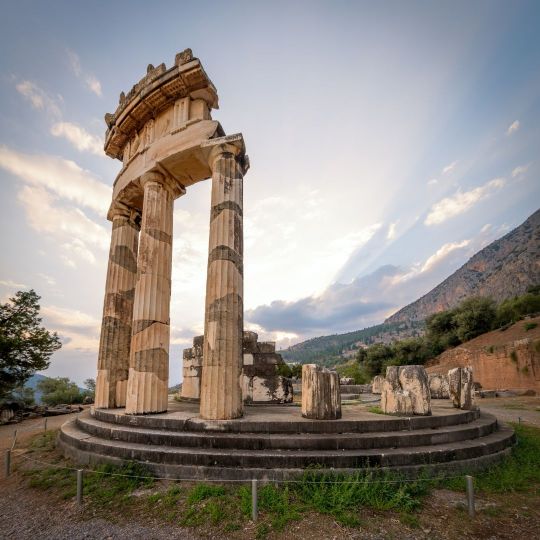
The Tholos of Delphi is situated in the sanctuary of Athena Pronaia, at the east end of the ancient city of Delphi.
Although the purpose of this round building is uncertain, the name of its architect is known. Theodorus, from Phocaia of Asia Minor (modern-day Foça, in Turkey), wrote about the building and its design principles.
It was built around 380-370 BC. Most of the building is made of white Pentelic marble. However, the ledge of the interior columns and the floor were made of top-grade grey limestone from Eleusis. This accounts for the different shades you see on the columns.
#goexploregree#goexploredelphi#greece#delphi#ancient greek temple#travel destinations#travelling#travel#mustsee#mustvisit#europe#beautiful views
9 notes
·
View notes
Text
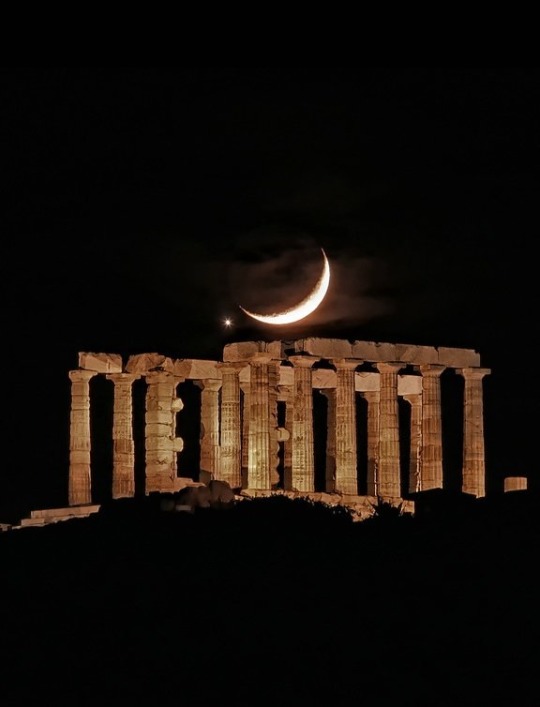
The Temple of Poseidon with a captivating Crescent Moon and Venus, Cape Sounion, Greece
#temple of poseidon#crescent moon#venus#cape sounio#cape sounion#greece#ancient greece#greek#ancient greek#architecture#temple#temples#europe#european#religion#crescent#moon#poseidon#photograph#photography
5K notes
·
View notes